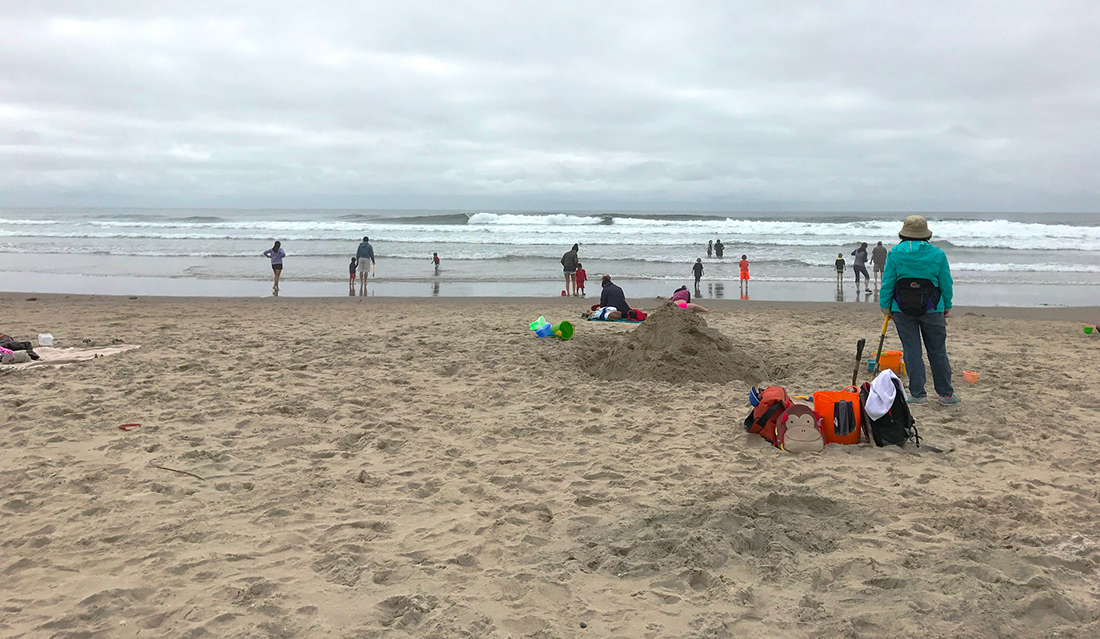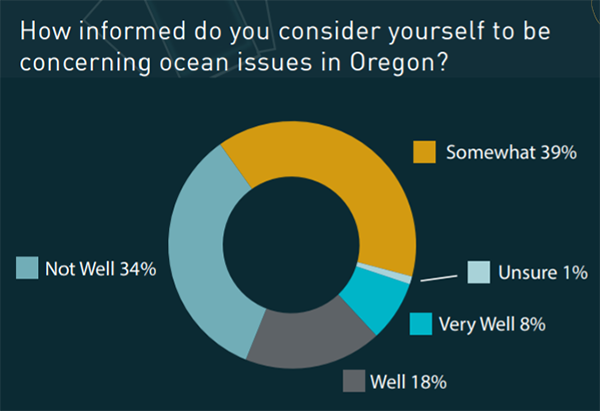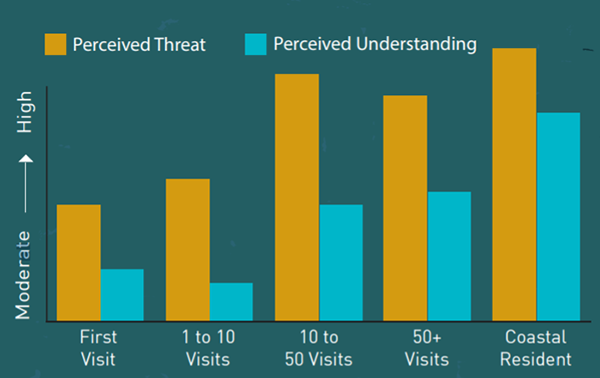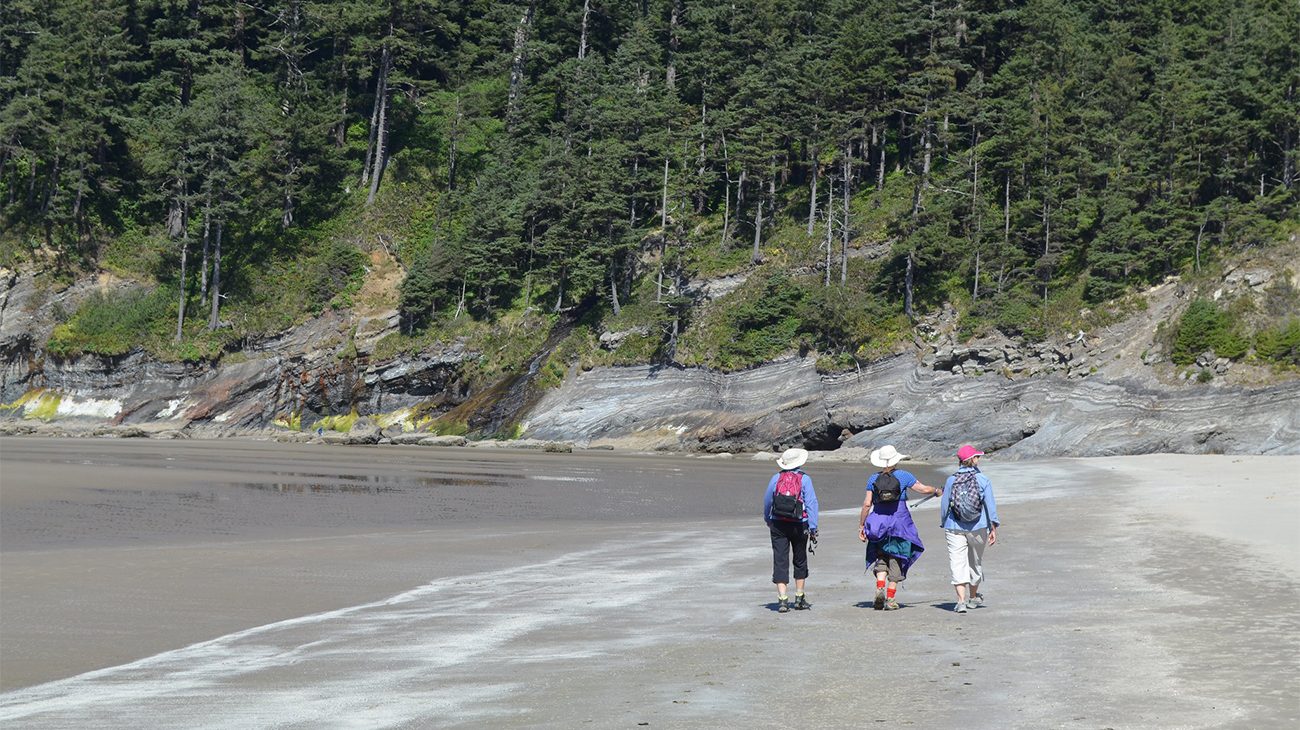Visitors flock to the Oregon coast with friends and family to walk the long public shorelines, explore the tidepools, enjoy a bowl of chowder, and occasionally escape the scorching summer heat of Oregon’s valley. These visitors are not only from Oregon’s interior. Many are from the neighboring states of Washington, California and Idaho, and a good portion are visiting from foreign countries.
If you’ve spent time on the coast, you’ve likely noticed how Highway 101 can crawl to a stop in the summertime as you pass through visitor-packed small towns. This influx of visitors is crucial for supporting the coastal economy. However, you can probably imagine that doubling or tripling the number of people on the coast for a few months likely has an impact.
Understanding these visitors, who they are, what they’re doing, and how they relate to the ocean, provides a more complete picture of who is using and benefiting from the Oregon coast. The more complete the picture, the better coastal managers can serve both people and the natural system.

One way the ODFW Marine Reserves Program has been learning about visitors is through in-person surveys conducted at the marine reserve sites (see 2012-13, 2014 and 2015 reports). To gain a more complete view of coastal visitors, ODFW conducted a survey in 2016 at various locations along the coast, from Cannon Beach on the north coast down to Port Orford on the south coast (check out this report and infographic). The main goals of this survey were to assess visitors’ level of awareness about the ocean and concern for ocean issues, determine how awareness and concern varied among visitor groups, and understand how ODFW can better provide information to visitors.

Based on responses to the survey, we found that visitors were concerned that the ocean in Oregon was facing multiple serious threats. Threats identified included water pollution, marine debris, and rising sea temperature. Despite these expressed concerns for the ocean, visitors indicated that they did not feel well-informed on ocean issues.
People who spend more time at the coast have a greater chance of interacting with people knowledgeable about the ocean (e.g. at visitor centers), hearing about or seeing ocean related information (e.g. local radio broadcasts or interpretive signs), and personally experiencing any changes or threats to the ocean. These factors can lead to those more frequent visitors and coastal residents having greater knowledge about the ocean. Based on responses to our survey, coastal residents and frequent coastal visitors were more likely to feel informed about ocean issues and perceived greater threats to the ocean than non-coastal residents.

People who visit the Oregon coast often or are lucky enough to live here have a better understanding of current ocean issues. Managers collaborating with locals and tapping into their knowledge leads to management practices and policy decisions that better address the ocean and coastal issues Oregon is challenged with.
Recently, the ODFW Marine Reserves Program revisited these survey data to dig deeper and learn more about coastal visitors. The goal here was to use more advanced statistical methods to see if we could use visitor characteristics to predict how much a visitor knows or thinks that they know about the ocean. Understanding these differences between groups with lower or higher levels of ocean awareness can be helpful for communication purposes.
Based on these new analyses, we found that older visitors and those who felt more connected to nature thought that they knew more about ocean issues. But when it comes to actual knowledge about the ocean, assessed by a multiple-choice ocean quiz, respondents with the highest scores were those who visited more frequently or actually live on the coast. These new results further emphasize that locals are knowledgeable about their environment and should be considered a great resource for managers to work with on addressing ocean issues.
